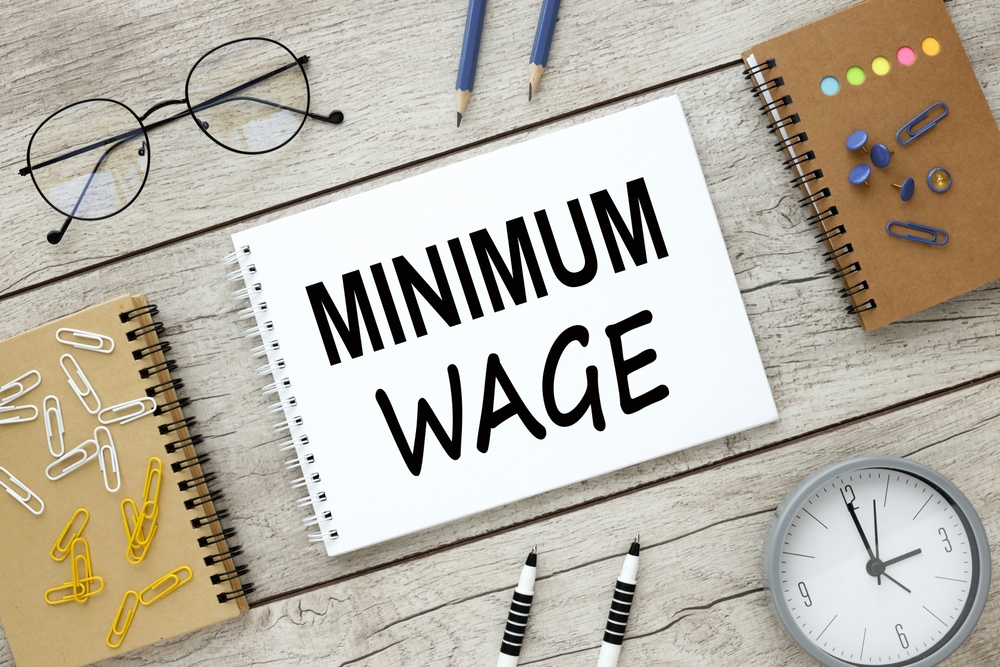In New York City, workers are entitled to fair pay under federal, state, and local laws. Yet wage theft remains a major problem, from unpaid overtime to minimum wage violations. If your employer hasn’t paid you what you’re owed, you have legal options to fight back. Filing a wage and hour claim can help you recover lost wages and protect your rights. Here’s a step-by-step guide on how to file a wage and hour claim in NYC.
Step 1: Understand What Violations Look Like
Before filing a claim, it’s important to know if your situation qualifies as a wage and hour violation.
Common examples of violations include:
- Unpaid Wages:
You worked hours that were never paid. - Overtime Violations:
You worked more than 40 hours per week but didn’t receive time-and-a-half pay. - Minimum Wage Violations:
Your hourly pay is below New York’s legal minimum wage (currently higher in NYC than in other parts of the state). - Illegal Deductions:
Your employer deducted unlawful amounts from your paycheck (e.g., for damaged equipment). - Misclassification:
You were wrongly classified as an independent contractor when you should have been an employee.
Recognizing these violations early helps you take the right legal action.
Step 2: Gather Evidence
Solid evidence is crucial for a successful wage claim. Before filing anything, gather all relevant documentation.
What you should collect:
- Pay Stubs:
Copies of all paychecks or direct deposit slips. - Timesheets:
Records showing when you clocked in and out. - Emails and Text Messages:
Communications showing your schedule, pay discussions, or promises made. - Contracts or Offer Letters:
Documents that describe your rate of pay, hours, and duties. - Bank Statements:
Showing wage deposits or missing payments. - Personal Records:
If you kept a calendar or notes of your hours worked, these can also be helpful.
Tip: Keep copies of everything—you’ll need them to back up your claim whether you file with a government agency or go to court.
Step 3: Talk to Your Employer First (Optional Step)
Sometimes, wage disputes can be resolved without legal action. Depending on your relationship with your employer, it may be worth trying an informal resolution.
- How to Approach:
Write a polite but firm letter or email explaining:- The wages you believe you are owed.
- The time period in question.
- A deadline for payment (e.g., two weeks).
- Be Professional:
Stick to facts and avoid emotional language. - Benefits:
- Saves time and legal costs.
- Preserves employment relationships if you want to stay at the job.
- Risks:
Some employers may retaliate illegally (e.g., firing you or cutting your hours), which could create additional legal claims.
If the employer refuses to cooperate or ignores you, move forward with a formal claim.
Step 4: File a Claim with the NYS Department of Labor
In NYC, most wage claims are handled by the New York State Department of Labor (NYS DOL).
How to File:
- Obtain the Forms:
Download the “Claim for Unpaid Wages” form from the New York State DOL website. - Fill Out the Form Carefully:
- Describe your job duties.
- List your hours worked each week.
- State your rate of pay.
- Detail the amount you believe you are owed.
- Attach Documentation:
Include copies of pay stubs, schedules, communications, and any other supporting documents. - Submit the Form:
Mail it to the DOL address listed on the form or submit it through your local NYC Department of Labor office.
What Happens After You File:
- The Department of Labor investigates by contacting your employer.
- They may ask you for more evidence or clarification.
- If the DOL finds violations, they can order your employer to pay you unpaid wages, plus interest and possible penalties.
This process can take several months depending on the complexity of the case.
Step 5: Alternatively, File a Lawsuit
If you prefer not to go through the NYS Department of Labor—or if you want faster or potentially larger recovery—you can file a private lawsuit.
You can sue for:
- Unpaid wages.
- Unpaid overtime.
- Liquidated damages (often double the unpaid amount).
- Attorney’s fees and court costs.
Where to file:
- State court (e.g., Supreme Court of New York County).
- Federal court if your claims involve violations of the federal Fair Labor Standards Act (FLSA).
Pros of Filing a Lawsuit:
- You can seek higher damages.
- You may force a faster settlement.
Cons:
- Litigation can be costly and time-consuming.
- You may need to hire an employment attorney (though many work on a contingency basis—no fee unless you win).
An attorney can also help you explore whether you qualify for a class action lawsuit if many employees were underpaid in the same way.
Step 6: Know Your Deadlines
Timing is extremely important when filing a wage claim or lawsuit.
- State Law (New York Labor Law):
You have six years to file a claim for unpaid wages or overtime under New York State law. - Federal Law (FLSA):
You generally have two years to file a federal wage claim, or three years if the employer’s violation was willful.
Missing the deadline (called the “statute of limitations”) usually means your case will be dismissed automatically—so don’t delay!
Conclusion
Filing a wage and hour claim in New York City empowers workers to recover lost pay and demand fair treatment. By understanding your rights, gathering strong evidence, and following the right procedures, you can protect yourself from wage theft. Whether you choose to go through the Department of Labor or pursue a lawsuit, persistence and preparation are key to winning your case.
Click Here to Schedule a Consultation with Figeroux & Associates Today!



